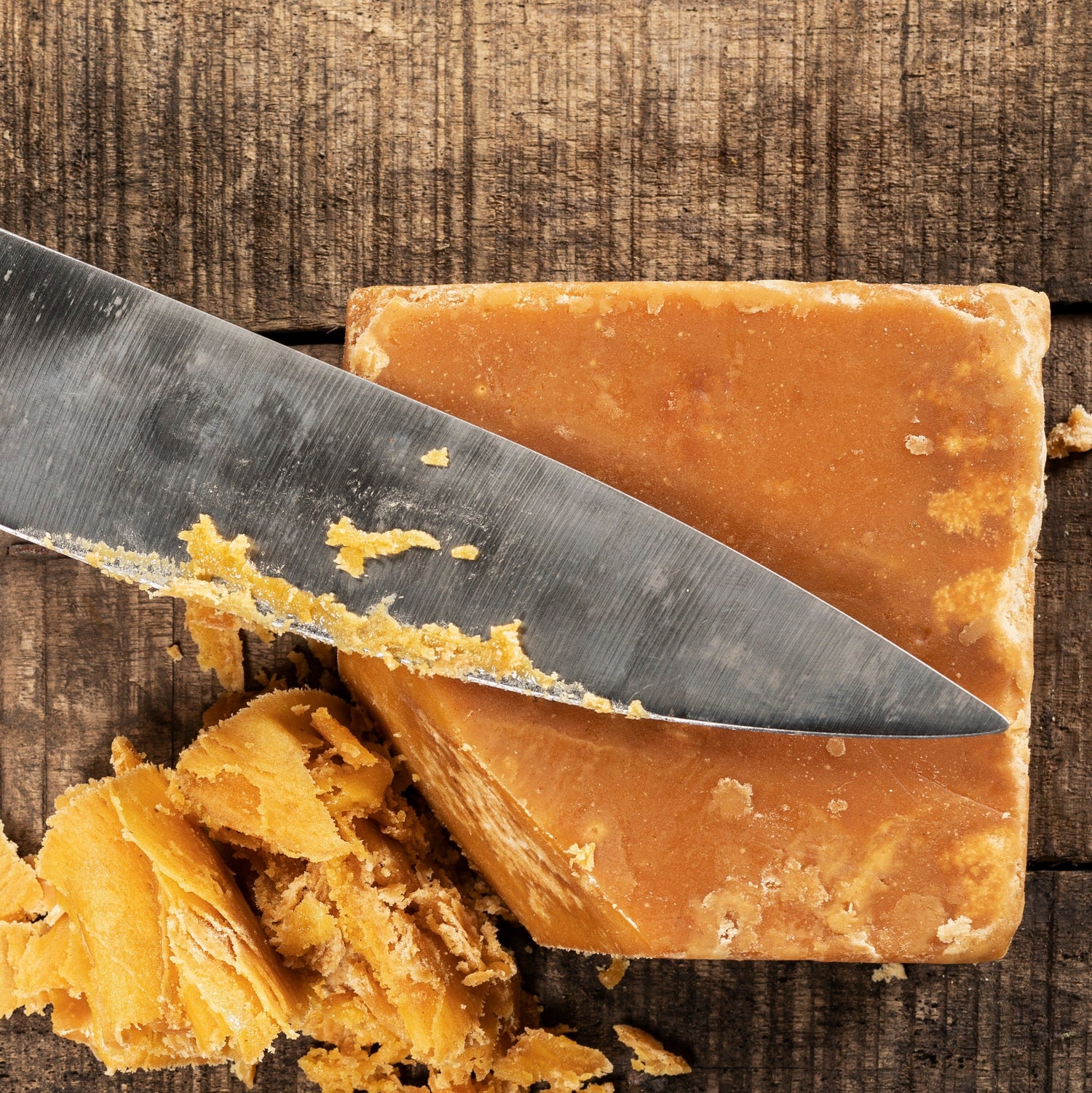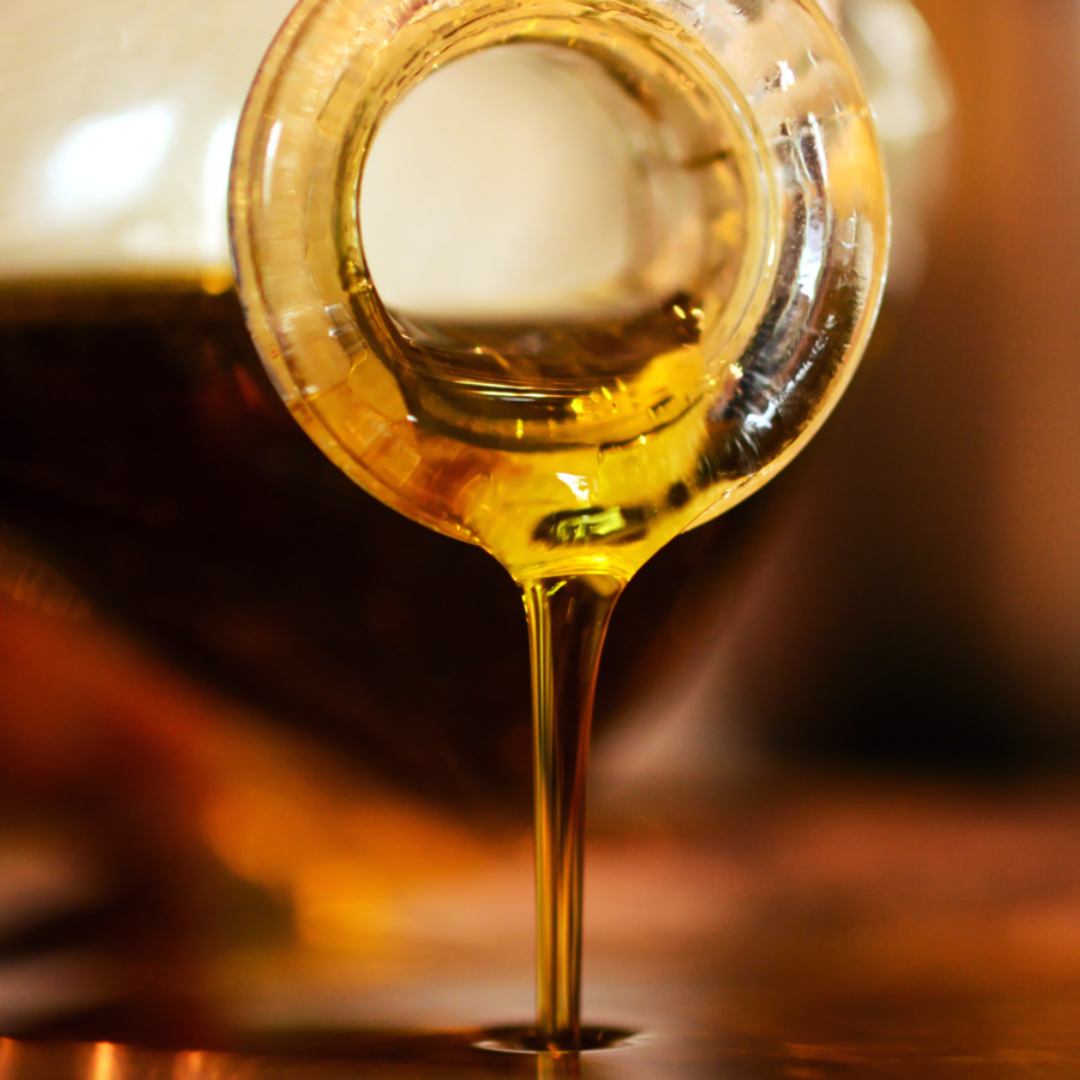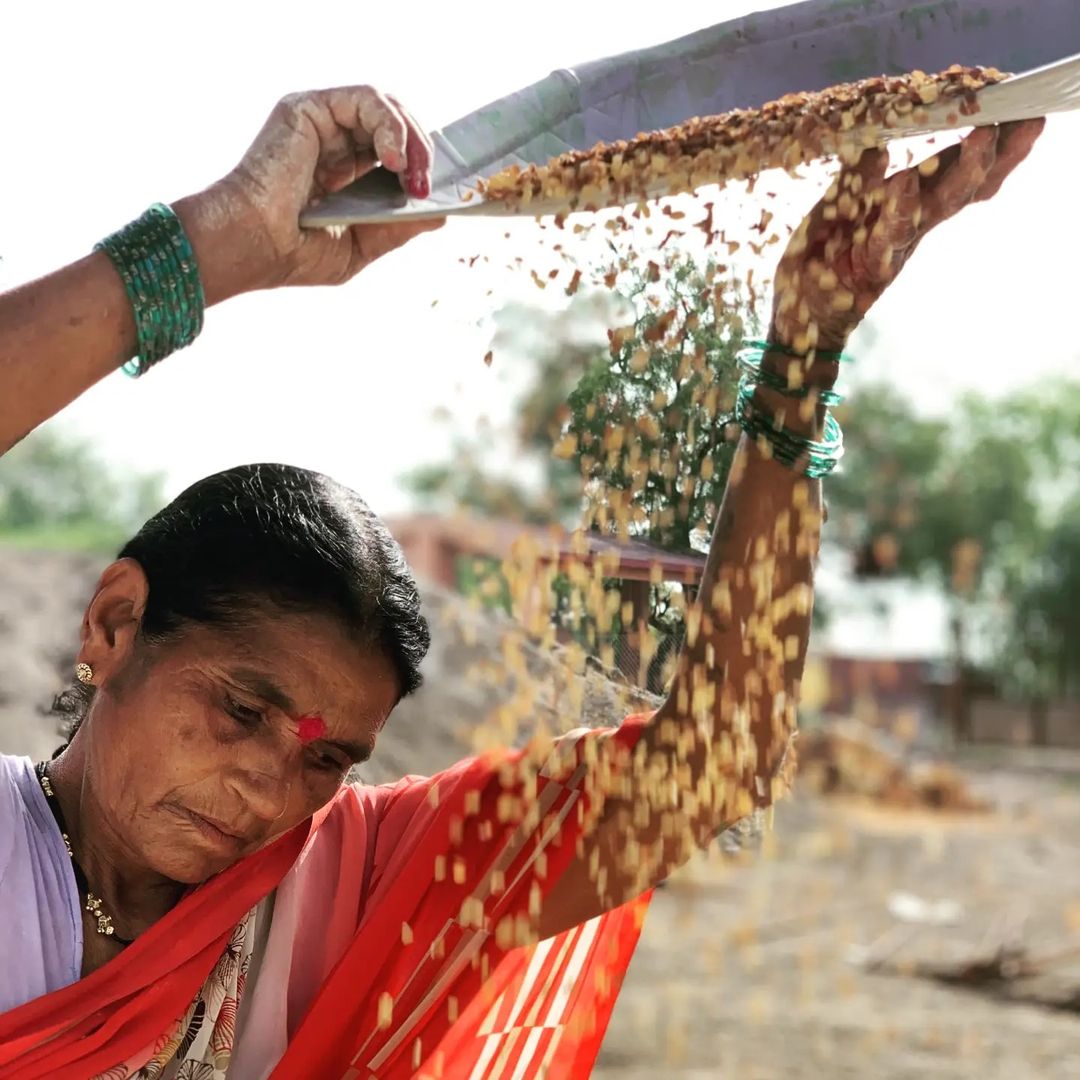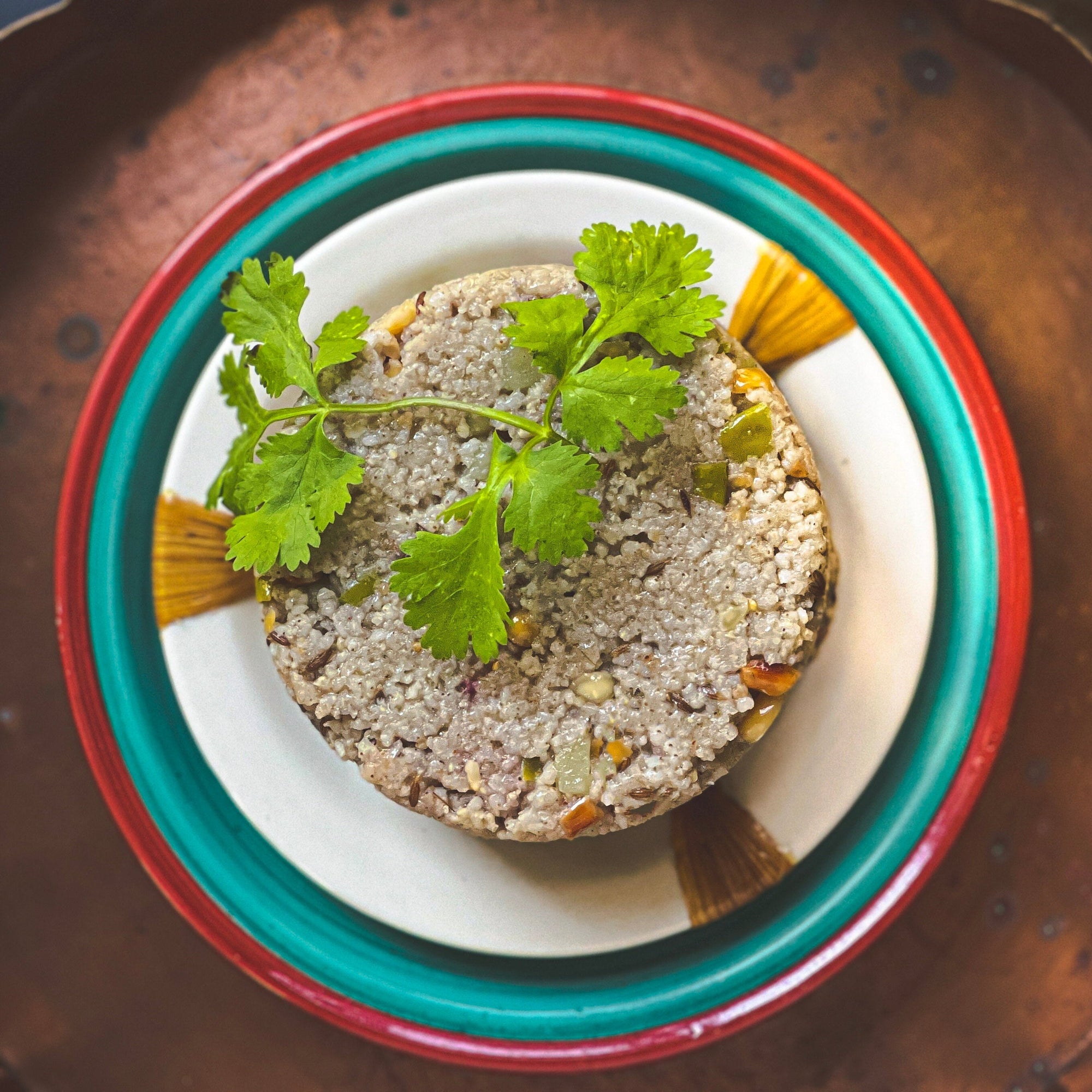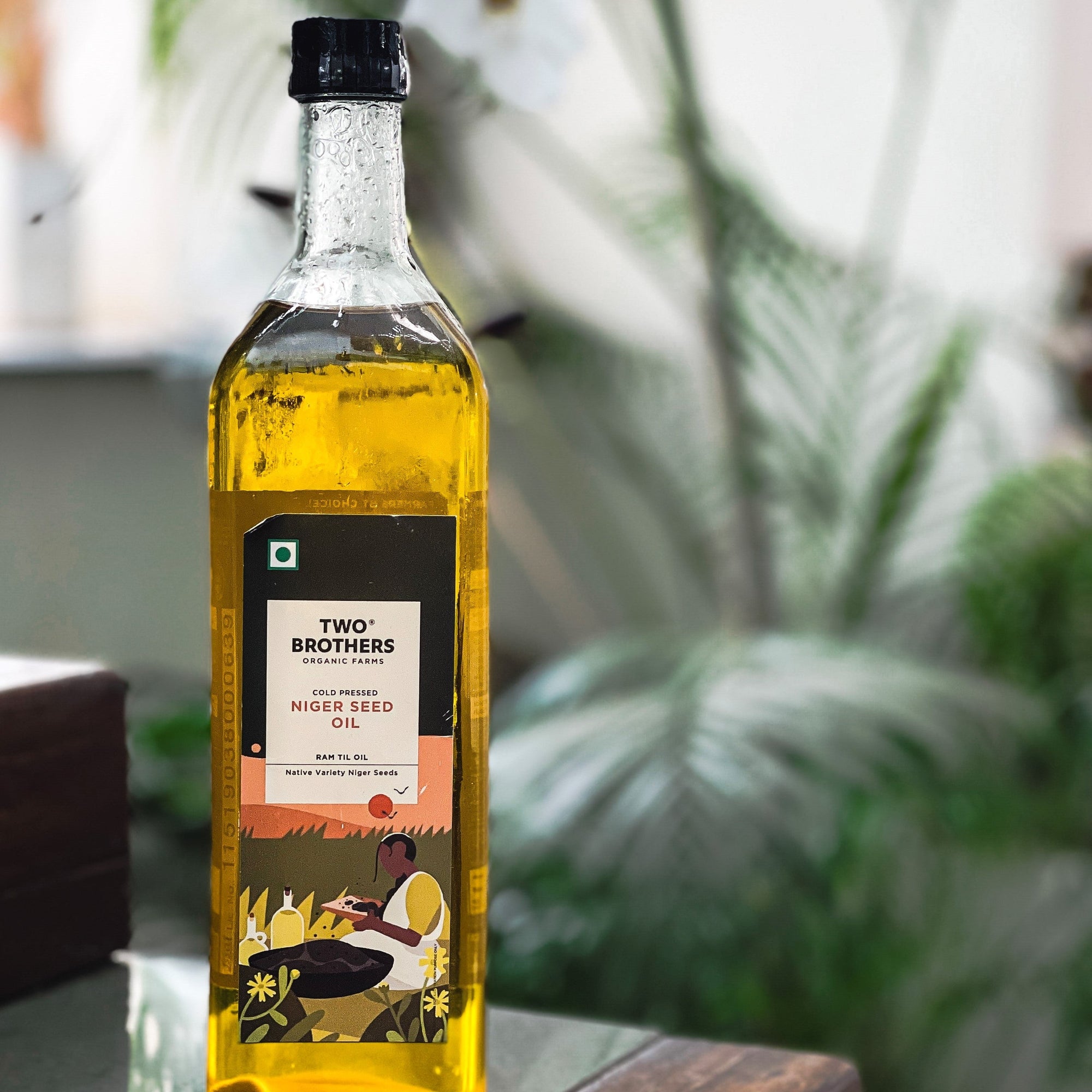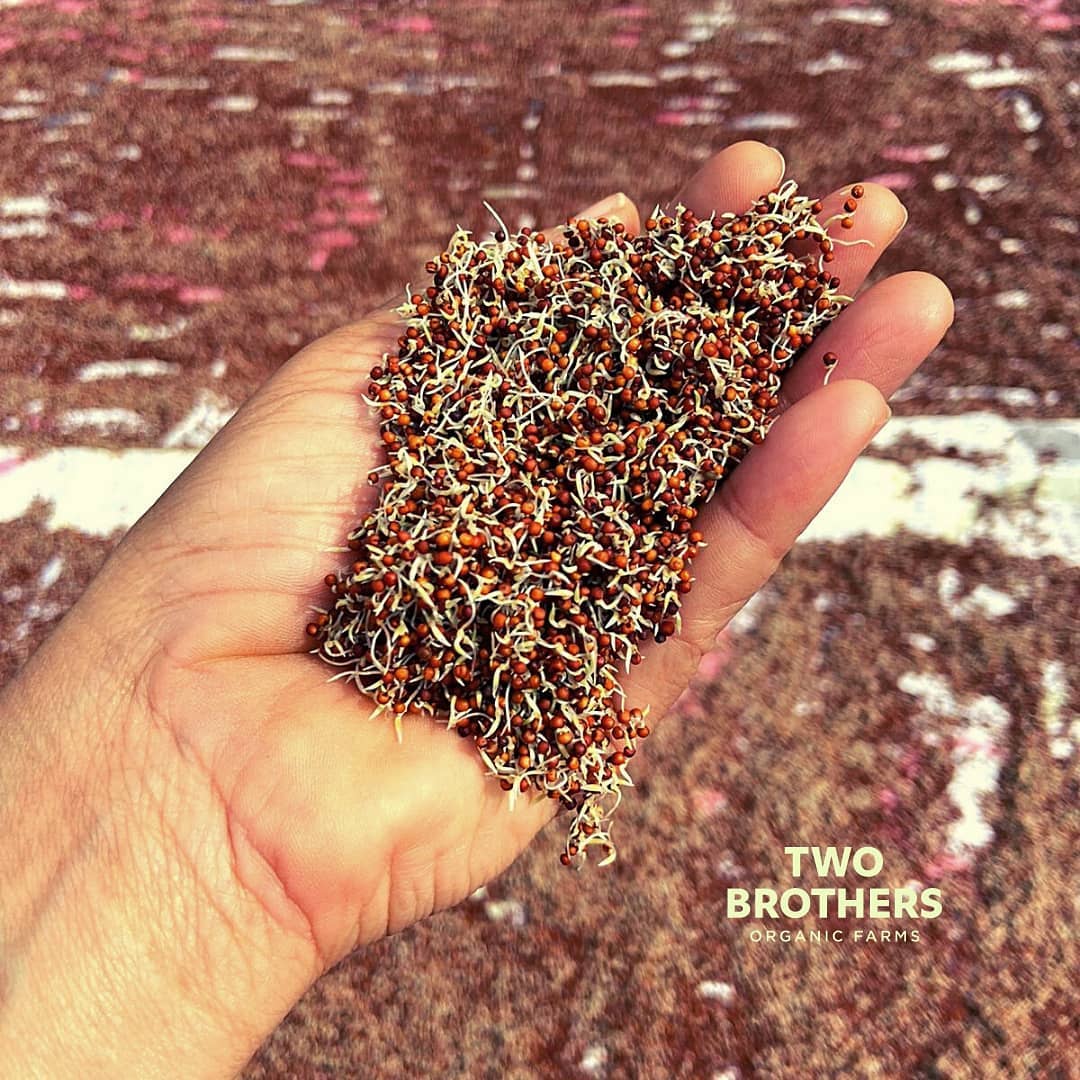Is Sugar and Jaggery the Same Thing?
Two common sweeteners we use on a daily basis are sugar and jaggery. Despite their apparent similarity, their production methods, nutritional compositions, and health advantages differ greatly. We'll examine the intriguing worlds of jaggery and sugar in this blog and talk about which is healthier and if they are the same.
Although sugar and jaggery both provide our food and drinks a sweet taste, they have very different effects on our health. We'll go more into the history, methods of production, nutritional benefits, and health effects of sugar and jaggery.

Comprehending Jaggery: Its History and Manufacturing
Jaggery, which is referred to as "gur" in Hindi, has a rich cultural heritage and a lengthy history. Juice from sugarcane or date palm tree sap is extracted to make it. Date palm sap and cane juice are both abundant in natural sugars and other vital elements.
Sugarcane is crushed to release the juice, which is then used to manufacture jaggery. After that, this juice is condensed, filtered, and cooked to make the finished product, which thickens and solidifies. This procedure is frequently used throughout India.
Jaggery is manufactured from date palm sap in areas with a high concentration of date palm trees, such as parts of Southeast Asia and South India.
The sap from male tree nodules is tapped, collected, and then boiled while being stirred and boiled until it thickens and solidifies. This particular kind of jaggery kind has a unique flavor and is frequently utilized in regional cooking.
The manufacture of jaggery is not just done in India. In regions of South America and Africa where date palm or sugarcane trees are cultivated, it is also produced. While production techniques may differ significantly based on regional customs and available resources, the fundamental idea behind jaggery production is always the same: natural sugars are extracted from the plant source and transformed into jaggery.
The Customary Method for Manufacturing Jaggery
The first stage in the traditional process of manufacturing jaggery is to extract the juice from date palm or sugarcane trees. In order to make sugarcane jaggery, the cane is crushed to release the juice, which is subsequently filtered to get rid of contaminants. Large pots are used to boil the filtered juice until it thickens and loses volume. Boiling causes contaminants to float to the top where they are skimmed off, leaving behind a concentrated syrup. After that, this syrup is put into molds, where it cools and solidifies to produce blocks of jaggery.
Comparably, sap from male tree nodules is collected and cooked until it thickens to make date palm jaggery. After thickening, the sap is poured into coconut shells or molds, where it cools and solidifies to form jaggery cakes.
The traditional method of producing jaggery from date palm and sugarcane includes slowly heating the juice or sap and letting it evaporate. This caramelizes the sugars and gives the finished product its distinctive flavor and color.
Depending on the mold used, the end result of this traditional jaggery-making procedure is a firm, semi-hard block or cake of jaggery. The quality of the juice or sap, the length of time it boils, and the cooling process are some of the variables that might affect the texture and consistency of jaggery. Notwithstanding these differences, jaggery is still a healthier option than sugar because it keeps more of the natural minerals and antioxidants from the plant source.
Regional Differences in Jaggery and Their Distinctive Features
There are many different types of jaggery, and each has its own distinct flavor and qualities that are shaped by the area and culture in which it is grown. Here are some local varieties of jaggery along with their unique characteristics:
Jaggery palm
The sap of palm trees, especially the date palm and the Palmyra palm, is used to make palm jaggery. It is dark brown in hue and tastes rich, caramel-like. In many traditional Indian sweets and pastries, palm jaggery is a preferred choice because of its deep flavor profile and extreme sweetness.
Jaggery from sugarcane
The most popular kind of jaggery is derived from sugarcane juice, which is extracted. It is colored from golden brown to dark brown and has a milder flavor than palm jaggery. Because of its versatility, sugarcane jaggery can be utilized in a variety of savory and sweet recipes.
Jaggery Date Palm
In South India and other areas with a high concentration of date palm trees, date palm jaggery is a widely consumed type. It has a distinct taste with caramel and a dash of smoke undertones. In many traditional South Indian sweets and snacks, date palm jaggery is used.
Because each species of jaggery has a distinct flavor and set of advantages, they are all excellent natural sweeteners for a wide range of culinary applications.
Sugar: Its Composition and Types
One of the sweeteners that is most commonly used worldwide is sugar, but how is it made? Sugar cane is a tall perennial grass that grows in tropical climates and is the source of sugar. Sugar crystals are produced by processing the juice that is taken from sugar cane, which gets rid of superfluous water and contaminants.
The Sugar Refinement Process
To get the finished product, sugar must go through numerous phases of refinement. After the juice is taken from the sugar cane, contaminants are removed by purification. After being concentrated, the juice is cooked to create a thick syrup.
The syrup is filtered and crystallized many times to yield white sugar. The molasses content is eliminated during this procedure, leaving just pure white sugar crystals.
Another source of sugar is the root vegetable sugar beets. Sugar beet refining is similar to sugar cane refining in that the final product is obtained by juice extraction and processing.
What Makes Raw, Brown, and White Sugar Different?
Common sweeteners include white sugar, brown sugar, and raw sugar, which are differentiated by the amount of molasses they contain.
- White Sugar: To produce a pure, crystalline product, white sugar is subjected to a rigorous refining process that eliminates all trace of molasses. It is preferred for baking and cooking due to its mild flavor.
- Brown Sugar: Brown sugar has a deeper color and a more complex flavor profile since it still contains some molasses. It is popular in recipes that call for caramel notes and gives baked products more depth and wetness.
- Raw Sugar: Because it contains molasses, raw sugar is less refined than brown and white sugar but still has a coarse texture and a golden color. Compared to white sugar, it has a more nuanced flavor and acts as a natural sweetener.
Depending on the intended taste and texture in a recipe as well as personal preference, one can use white, brown, or raw sugar.

Nutritional Battle: Sugar vs. Jaggery
In terms of nutritional content, jaggery is superior to sugar. Both give calories, but because jaggery has more minerals and nutrients than other foods, it has more health advantages.
Conversely, sugar is seen as empty calories because it offers calories with little to no nutritional benefit. It is devoid of the minerals and vitamins found in jaggery. When jaggery gives you extra nutrients and satisfies your sweet appetite, it can be a healthier choice than sugar. But moderation is the key; as part of a balanced diet, both sugar and jaggery should be used in moderation.
Comparing Nutritional Values and Caloric Content
Let us compare jaggery and sugar in this time table to gain a better understanding of their respective nutritional values and caloric contents.
|
Nutrient |
Jaggery (100g) |
Sugar (100g) |
|
Calories |
383 |
387 |
|
Carbohydrates |
97g |
99.98g |
|
Calcium |
40mg |
2mg |
|
Iron |
4mg |
0.01mg |
|
Magnesium |
70mg |
0mg |
|
Potassium |
1050mg |
2mg |
|
Phosphorus |
20mg |
0mg |
|
Zinc |
0.4mg |
0.02mg |
Compared to sugar, jaggery has a somewhat lower calorie count. In comparison to sugar, it also offers greater levels of calcium, iron, magnesium, potassium, phosphorus, and zinc. In terms of nutritional content, jaggery is a better choice because of these extra elements.
Although sugar and jaggery are both best ingested in moderation, jaggery has a few additional advantages because of its high mineral content. By adding jaggery to your diet, you can sate your sweet tooth and receive a tiny boost of vital nutrients.
Minerals and Vitamins in Jaggery That Sugar Doesn't Have
When it comes to vitamins and minerals, jaggery is a great substitute for sugar. It has a high iron content, which is necessary for the normal formation of red blood cells. A lack of iron can cause anemia and other health problems, therefore jaggery is a great addition to any diet, especially for people who are susceptible to anemia.
In addition, jaggery has calcium, magnesium, potassium, and phosphorus, all of which are essential for blood pressure regulation, bone health, and general bodily functions. When compared to sugar, jaggery is a more nutrient-dense option because of these extra vitamins and minerals.
You can make sure you're getting these vital vitamins and minerals—which may be absent from a diet heavy in refined sugar—by including jaggery in your diet. Jaggery still includes calories, therefore it must be consumed in moderation and as part of a balanced diet.
The Effects of Sugar and Jaggery on Health
The effects of consuming sugar and jaggery on health can differ. Because jaggery has fewer glycemic index and more nutrients than sugar, it is a healthier alternative to sugar. It offers a natural sweetener with a delayed energy release and less calories, which can help with weight management.
Conversely, consuming too much sugar—especially from refined sources—can raise your risk of developing diabetes and cause you to gain weight. Insufficient physical activity might lead to hazardous increases in blood sugar levels.
While jaggery may be a better option than sugar for controlling blood sugar and weight, moderation is still essential for preserving general health.
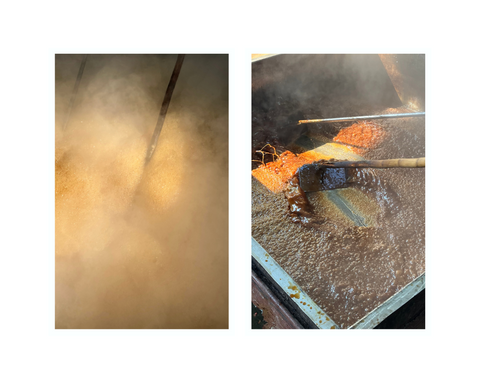
The Health Benefits of Jaggery
Beyond just being sweet, jaggery has many health benefits. Because of its therapeutic qualities, traditional Indian medicine has long employed it. Among the many noteworthy health advantages of jaggery are:
- Liver detoxification: Jaggery is well-known for its capacity to remove toxins from the liver. It can assist in enhancing liver function and serves as a natural detoxifier.
- Relieving common cold symptoms: Jaggery is frequently used as a treatment for common cold symptoms. It is said to relieve cough and congestion, as well as ease sore throats.
- Digestive health: Jaggery helps support a healthy digestive tract and facilitate better digestion. It can ease stomach discomfort, help clear the intestines, and increase digestive enzymes.
The Harmful Effects of Too Much Sugar on Health
Consuming too much sugar, especially from refined sources, can be detrimental to one's health. The following are a few drawbacks of consuming excessive amounts of sugar:
- Weight gain: Sugar has a lot of calories and, if ingested in excess, can cause weight gain. It offers few nutritional benefits and only empty calories.
- Diabetes risk: Eating too much sugar raises the possibility of getting type 2 diabetes. Insulin resistance and poor blood sugar regulation can result from a high sugar diet.
- Blood sugar spikes: Consuming refined sugar without sufficient physical exercise to counteract it might result in harmful spikes in blood sugar levels.
Uses of Sugar and Jaggery in Cooking
In culinary contexts, jaggery and sugar have diverse functions and contribute various flavors and textures to food. In traditional Indian cooking, jaggery is frequently used as a natural sweetener to give sweets, pastries, and even savory foods a rich, caramel-like flavor.
Conversely, sugar is a flexible sweetener that may be employed in a variety of recipes. It enhances a wide range of culinary items from cakes and cookies to beverages and sauces by adding sweetness without imparting a unique flavor.
Jaggery Sweetening Your Dishes
A natural sweetener, jaggery can give a dish's flavor depth and richness. Here are a few recipes that you may make with jaggery:
- Indian desserts: Traditional Indian desserts including Shankarpalli, Pongal, Sondesh, Til ladoo, Mishti doi, and Payasam all contain jaggery as a key ingredient. It gives these treats a distinct flavor and authenticity.
- Drinks: To lend a unique caramel flavor to hot beverages like tea or coffee, use jaggery as a sugar substitute. It can also be used to cool summertime beverages like lemonade or rose sherbet.
- Ayurvedic recipes: Due to its therapeutic qualities, jaggery is frequently employed in Ayurvedic medicine. Use it to provide natural sweetness and taste enhancement to herbal or medicinal mixtures.

The Adaptability of Sugar in Cooking
Sugar is a versatile sweetener that works well in a variety of recipes. It enhances sweetness without taking center stage, letting other ingredients take center stage.
Here are a few culinary applications for sugar:

-
Baking: Sugar enhances the sweetness and texture of cakes, cookies, bread, and pastries, making it a necessary ingredient in baking. It helps provide the right browning and texture.

-
Sweets: Sugar balances flavors and adds sweetness to a variety of sweets, such as custards, puddings, ice creams, and mousses.

-
Sauces: Sugar can be used to mellow flavors and lend a hint of sweetness to dishes by balancing the acidity of sauces like tomato sauce or barbecue sauce.

Sugar's adaptability in cooking inspires a limitless range of culinary possibilities, from straightforward to intricate and savory to sweet.
Conclusion
It's critical to comprehend the distinctions between sugar and jaggery in order to make wise dietary decisions. While each sweetener has its own unique qualities, jaggery is distinguished by its historic production methods and nutritional advantages. There are health benefits to eating jaggery that refined sugar might not provide.
Understanding how sweetening agents affect the environment and your health can help you make decisions that will support your sustainability and well-being objectives. Whether you go for sugar or jaggery, knowing the differences between the two allows you to make more environmentally friendly and healthful cooking decisions.
Frequently Asked Questions
Is It Possible to Replace Sugar in Recipes with Jaggery Directly?
Indeed, jaggery can be used in recipes directly in place of sugar. It's crucial to remember that jaggery has a unique flavor and can change the finished product's flavor and color. It is best to experiment and modify the quantity of jaggery according to taste and how you want the dish to turn out.
Is Jaggery a Better Choice for Diabetes Patients?
When it comes to diabetes, jaggery is seen to be a better choice than ordinary sugar. Because of its lower glycemic index, blood sugar levels rise more slowly after consuming it. It can still affect blood sugar levels, therefore it should still be taken in moderation and as part of a balanced diet.
What Is the Difference in Taste Between Sugar and Jaggery?
Jaggery has a different flavor than sugar. While sugar is sweeter and lacks flavor, jaggery has a rich, caramel-like flavor with undertones of molasses. Because of its distinct flavor, jaggery is a popular ingredient in some cuisines since it gives food more depth and complexity.
Which Ways Are the Best for Keeping Sugar and Jaggery Stored?
Store jaggery in a cold, dry location in an airtight container. It's preferable to store jaggery in a sealed container because it can get hard if it gets wet. You can keep sugar in a dry cabinet or pantry. When stored correctly, both jaggery and sugar have a long shelf life. It is advisable to store sugar in a dry, sealed container as it can collect moisture if it is exposed to humid circumstances.
Shop the collection
- Shop Sugarcane Jaggery Block
- Shop Crushed Sugarcane Granular
- Shop Date Palm Jaggery Block
- Shop Kaakvi
- Shop All Products

